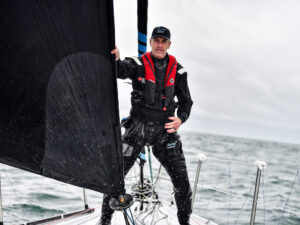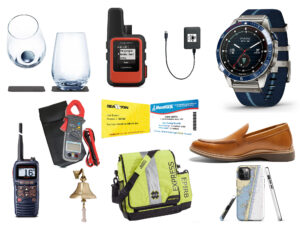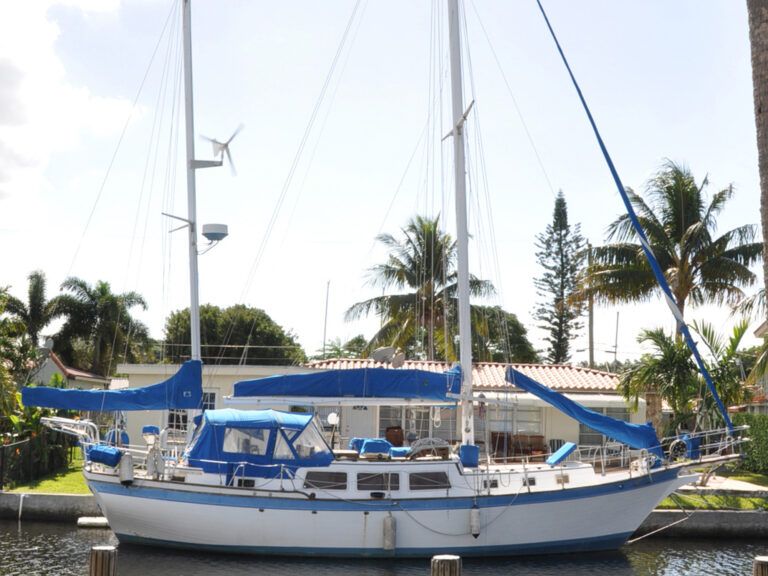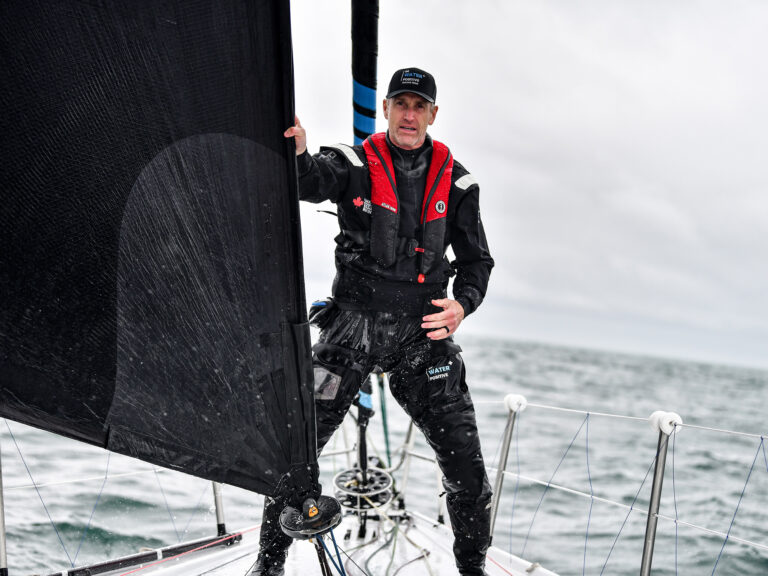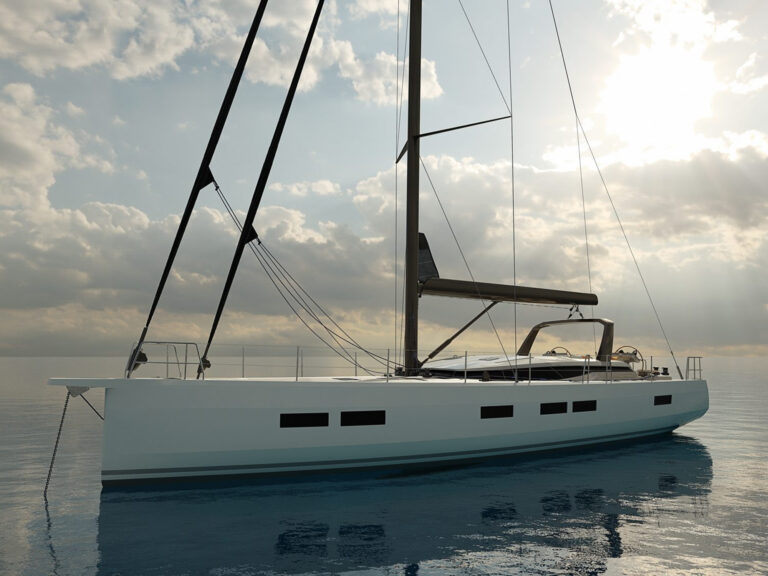Although you might wish otherwise, you simply can’t spend all your time on board your boat. Unavoidably, it must sit unattended at a dock, on a mooring, or at anchor. At those times, you worry about all the things that boat owners worry about: leaks, fires, break-ins, theft, collisions with other boats, and the countless other misfortunes that can befall your vessel. However, in this marvelous age of the Internet, mobile phones, and GPS, there are many boat security systems that let you keep an eye on your boat from afar.
On a recent delivery from Charleston, South Carolina, to Newport, Rhode Island, aboard the original Gunboat 62, Tribe, I was fascinated by a recently installed bit of technology: three video cameras hooked up to the boat’s satellite communications system that allowed the owner to keep an eye on things from the comfort of his home, his office, or anywhere else that his laptop or smartphone could be connected to the Internet. One camera was focused on the bows; another, on the aft cockpit; the third captured the main saloon, including the steering station. He also had access to any data that the boat gathered via the electronics suite, including lat/long, wind speed and direction, course heading, and depth. While this may seem like overkill for some, it’s a great example of how you can keep track of what goes on aboard even if you’re not there.
Depending upon how much you want to spend (not only on gear, but also on cell or satellite data fees), such security systems range from simple to incredibly complex. Most of the systems we researched rely on cellular or satcom data networks. While they all rely on such networks (or a combination of both), the amount of data varies from simple text-based boat alarms and GPS positions to video feeds. You’ll need to carefully consider where your boat will be and if you really must have worldwide coverage.
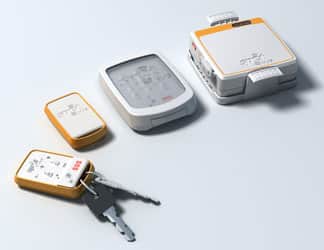
| |If your boat is moved without your approval, the SPOT HUG satellite system tracks your boat’s position and notifies SPOT headquarters.|
As for specific systems, many sailors are familiar with the SPOT satellite system, which has become very popular as an inexpensive way to inform shoreside contacts on position updates and onboard-status reports. The company has recently introduced SPOT HUG, which uses the same satellite technology and offers the same features as the basic SPOT unit. In addition, SPOT HUG (from $500) will track your boat’s position, and its boat alarm will notify SPOT headquarters if your boat is moved from a set position without your approval. The system can also accept input from up to four sensors, including high-water bilge alarms and motion and smoke detectors. As it utilizes its own satellite system, the HUG doesn’t require you to maintain a cellular data connection.
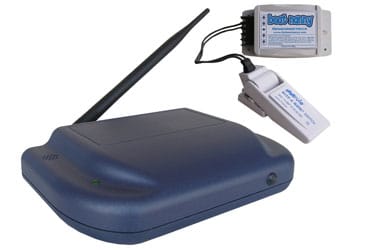
| |The cellular-based BoatNanny system consists of a base station connected to a remote sensor with a float switch.|
Another basic but comprehensive boat security system is the BoatNanny, which offers a cellphone-based solution consisting of a base station with a T-Mobile SIM card connected to a remote sensor having a float switch. The base unit can be powered by 120-volt AC or by your boat’s 12-volt system, and it has a backup battery pack consisting of four AA batteries. The BoatNanny (from $1,255) monitors temperature and motion, includes AC/DC loss-of-power sensors, and can be hooked into a boat’s existing smoke-detector system. You can also call the base station and listen to what’s going on in the cabin. The remote unit, which connects wirelessly to the base station, is mounted in the engine room and has a high- and low-temperature sensor and an attached float switch that can be mounted in the bilge. When an alarm goes off, the base unit sends a text message to the numbers you designate. The BoatNanny uses the globally accepted GSM cellular data system, which in the United States costs you about $10 a month. You must activate the SIM card, or, for an additional fee, the BoatNanny folks can pre-load it.
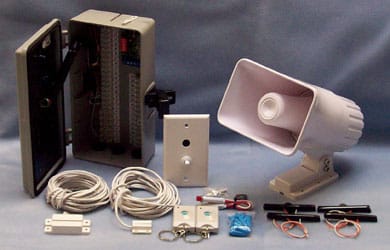
| |The elaborate Marine Guard Security system employs hard-wired and wireless components.|
Marine Guard Security offers a more elaborate system that covers many of the BoatNanny bases but also includes intruder alerts. Marine Guard’s system (from $700), which requires a more complex installation, uses hard-wired and wireless components and relies on contact switches attached to hatches and doors, pressure sensors, and infrared motion sensors. In addition to a cellphone-based alert system, Marine Guard also offers a satellite-based option that works where cell coverage is absent. In addition, you can also set up a Geo-Fence, a virtual barrier that monitors the boat’s location with GPS and alerts you if the boat is moved outside of a set boundary and tracks its speed, heading, and lat/long. Other options include high-water and smoke/heat alarms, and alert sirens.
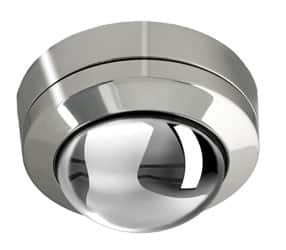
| |With the GOST Xtreme Mini Dome low-light stainless-steel camera installed, you can monitor activity via the Internet.|
Global Ocean Security Technologies offers a wide variety of monitoring systems (from $1,000) that perform all of the same tasks as the systems already mentioned. It also can include one or more high-definition cameras, a dedicated webpage for your boat through which you can monitor the camera or cameras and other data, and worldwide alerts via the Inmarsat Isat M2M service. (Tribe employed the GOST system paired with KVH broadband.) GOST can also incorporate a digital video recorder to store security footage from the cameras. GOST has several different packages available, including a system for tenders that can immobilize an outboard engine.
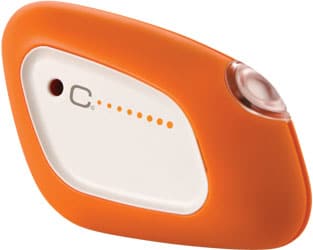
| |Cobra’s expandable system is based on its C-pod remote sensor.|
Cobra offers an expandable system based on its C-pod sensor, which incorporates two antennas, one for GPS and one for GSM cellular networks. The Cobra system (the base system costs $500, and each add-on costs about $100) can track the boat’s location and send alarm information via text message to your mobile phone. The C-pod can support up to 12 sensors, including a high-water alarm, an intrusion alert, and smoke detectors. It can also be used to remotely start such equipment as heaters and refrigerators.
The system from Boatalarms.us (from $850) incorporates all of the same features of other GSM-based systems, but with a twist: All of its components are mounted with two-sided adhesive tape, which facilitates do-it-yourself installations. Another neat option is its Wire Loop Protection Sensor, which can be attached to an outboard motor or any other easily removed item; when the wire is cut or broken, the alarm goes off. Got pets, but want to have a motion alarm live when you’re sleeping? No problem. Boatalarms.us also offers a specially tuned motion sensor that only reacts to moving creatures that weigh more than 85 pounds.
Siren Marine debuted its security and monitoring systems in Rhode Island at last fall’s Newport International Boat Show, and those who’ve used it report that it’s an affordable option laden with features. The Siren Pixie, the company’s least expensive option (from $500) is a cellular-based system that offers high-water and battery-level alarms, and a low-battery alert as well as a tamper sensor, GPS tracking, and geo-fence capabilities.
Your personal security and alarm needs will ultimately determine the complexity of the system that you choose to install. Almost all of the systems can support alarms for high water, smoke, power loss, motion detection, hatch or door openings, and freezing temperatures, pretty much covering all of the bad things that can happen to your boat. With the more complex systems, you can listen in on intruders and even view them on a live video feed. You can disable your boat’s engine, shut off power, and command lights to flash and sirens to wail. You can monitor alarms on personalized websites or be contacted by a dedicated security firm that carries out 24-hour monitoring. You can also assure yourself, like the owner of the boat I mentioned delivering earlier, that your delivery crew is taking good care of your pride and joy.
Tony’s Tips
All of the systems that I discuss in “A Watchful Eye from Afar” offer a certain peace of mind for the times when you’re not aboard—but what about when you are? Most of us can deal emotionally with being ripped off or having the boat sink when we’re not aboard and our lives aren’t at risk because, after all, sailboats are material things that can be replaced. Lives can’t, and many of the places that we love to visit can be dangerous. We’ve read about beatings, robberies, and murders in the most idyllic locales, and when we’re planning extended voyages, we try to take such reports into account. What can we do in the here and now to protect our property and promote our own physical safety?
First, let’s deal with the simple stuff. Placing smoke and carbon-monoxide detectors throughout the boat and temperature sensors in the engine room are no-brainers. So are well-maintained bilge alarms. Paying attention to your surroundings and people are pretty simple as well. While solitary anchorages are pleasant, being close to fellow sailors lends a certain sense of security, as do marinas with good security and locked gates.
When you do spend time in a secluded anchorage, think before you head to your bunk for the night. Raise your dinghy and lock it to the boat. Lock your hatches. Leave a deck light or two on, and in known danger areas, think about a night watch. Someone on deck or in the pilothouse armed with a flashlight and an air horn can prove a deterrent to most casual thieves, who are likely decent folks until presented with the perfect opportunity for an easy score.
For More Information
In addition to those companies discussed in the main article, a quick Google search reveals that there are many other firms offering security solutions for your boat, from basic, self-installed systems to more complex, professionally installed networks linked to your boat’s satellite communication system. Look for systems that are actually designed for the marine environment, rather than ones that are merely re-purposed home or automobile systems. To assess the pros and cons of a potential purchase, take a walk around your marina and chat with your fellow sailors who have already installed them on their boats.
_
CW_ contributor Tony Bessinger is a U.S. Coast Guard-licensed master and an instructor at Confident Captain/Ocean Pros in Newport, Rhode Island. Photos courtesy of the manufacturers.

